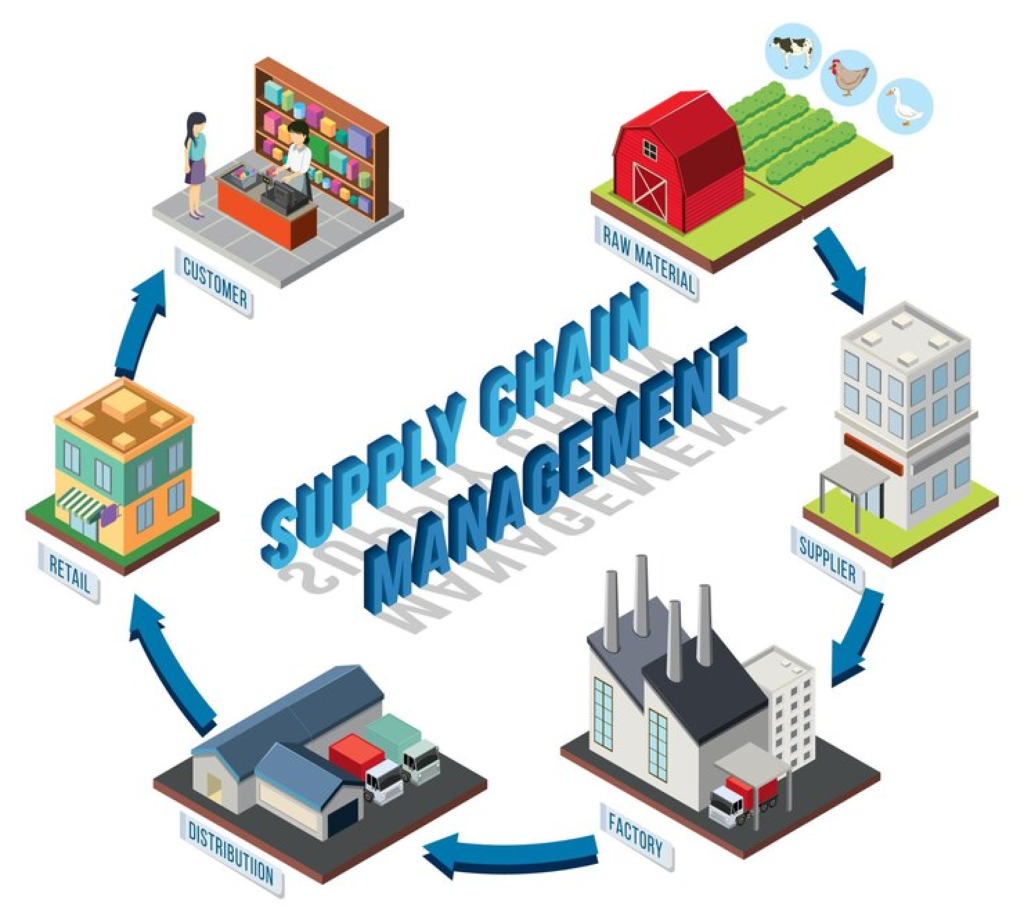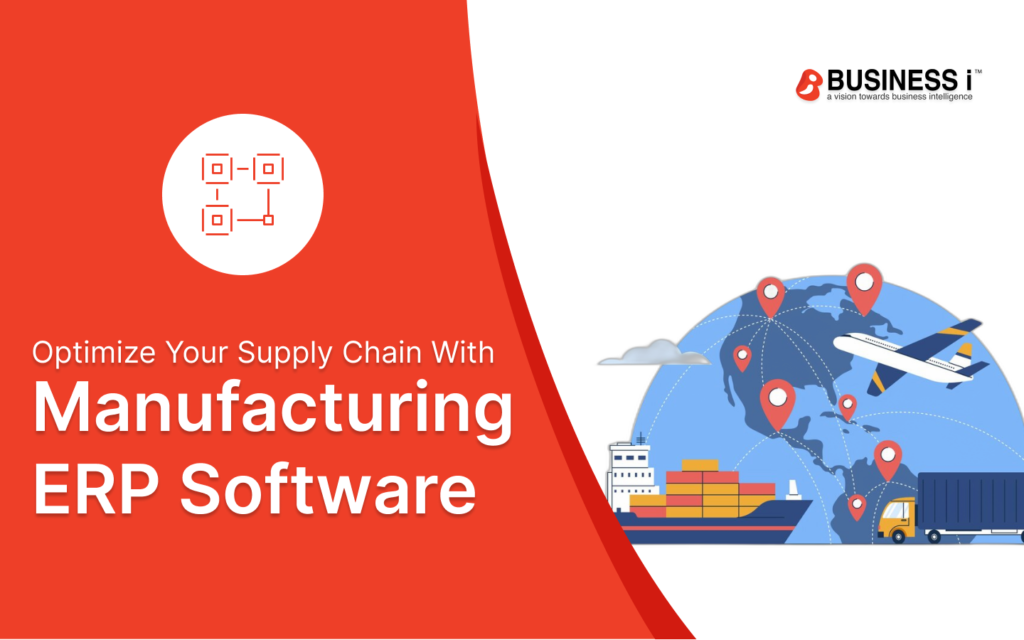Optimize Your Supply Chain with Manufacturing ERP Software
Table of Contents
Introduction:
In today’s tough business world, having a well-organized supply chain is crucial for success. This blog will explore the wonders of Manufacturing ERP software and how it can be a game-changer for businesses aiming to work smarter and save money.
The Importance of Improving Your Supply Chain :
Imagine your supply chain as a smoothly running machine, cutting costs, pleasing customers, and boosting profits. No matter the size, manufacturers need to embrace modern solutions like Manufacturing ERP Software to stay competitive. This part emphasizes how an optimized supply chain is the key to thriving in today’s business environment.
Understanding Manufacturing ERP Software :
Manufacturing ERP software might sound like complicated jargon, but it’s more like a superhero for your business. It seamlessly integrates and automates important business processes, from making products to delivering them to customers, all in real-time. Here, we’ll break down what Manufacturing ERP is and how it can make your operations more efficient.

Key Steps to Successfully Implement Manufacturing ERP Software
Assess Your Current Processes:
Start your ERP journey by looking closely at what you’re currently doing. Figure out what’s working well and what needs improvement. Identify areas where Manufacturing ERP Software can step in and make things better. This section guides you through evaluating your current processes to understand where changes are needed.
2, Choose the Right ERP Solution:
Not all ERP solutions are the same. Pick one that fits your manufacturing needs perfectly. Consider scalability – you wouldn’t want to outgrow your ERP software superhero as your business expands. This part walks you through the process of choosing the right Manufacturing ERP solution, stressing the importance of future growth.
3,Employee Training and Change Management:
Imagine handing your team new tools without any instructions – chaos, right? Train your team to use the new ERP system and guide them through the changes for a smooth transition. In this section, we’ll discuss the significance of training your workforce and managing the changes during the implementation of Manufacturing ERP Software.
4,Integration with Existing Systems:
Make sure your ERP works well with your existing systems. Smooth integration is crucial to avoid disruptions in your operations. This part explores the critical aspect of integrating Manufacturing ERP with your current systems, minimizing disruptions and maximizing overall efficiency.
Continuous Monitoring and Improvement:
The effort doesn’t end after implementing Manufacturing ERP Sotware. Keep a close eye on operations, gather feedback, and make ongoing improvements. It’s a continuous journey towards sharper and more efficient operations. Here, we stress the importance of continuous monitoring and improvement, ensuring sustained success after implementing Manufacturing ERP.
Real-world Examples of Successful ERP Implementation:
Let’s look at businesses that have successfully implemented ERP and soared to success. These real-world examples show how Manufacturing ERP transformed operations, making them more productive and profitable. This section provides practical evidence of the positive impact of Manufacturing ERP Software on various businesses.
Conclusion:
In a world where every penny and minute holds immense value, optimizing your supply chain with Manufacturing ERP software is a strategic move. Embrace these simple steps, and watch your operations transform, setting the stage for sustainable growth and success. This concluding section reinforces the key points and encourages businesses to consider Manufacturing ERP Software for long-term success.
Optimize Your Supply Chain with Manufacturing ERP Software Read More »


